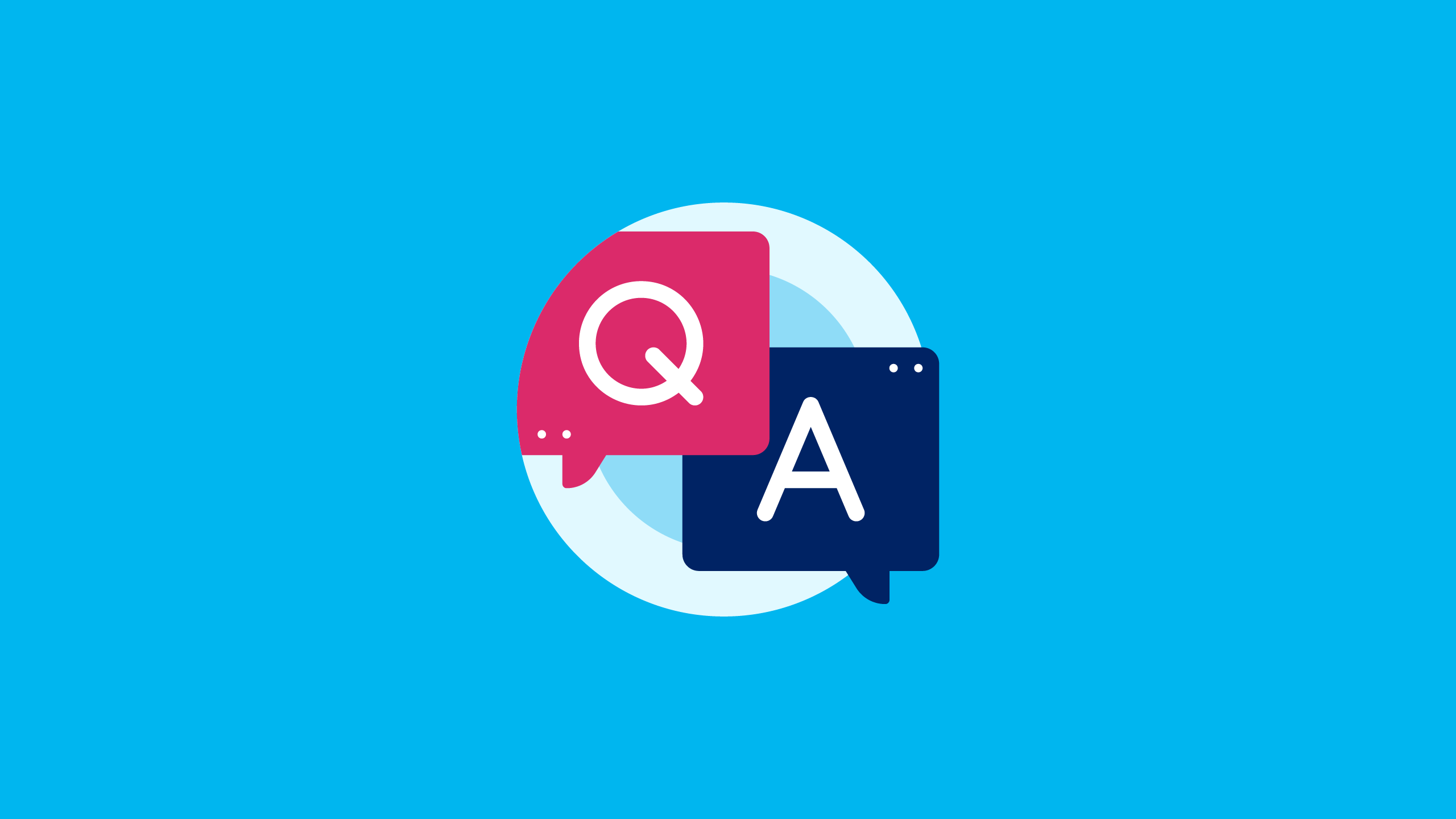New Initiative? Itemize Your Resource Trio
Strategic alignment of resources to district goals ensures that dollars are spent advancing the interests of students. Keep these questions in mind when deciding how to allocate money, time, and people to a new program.
Expected Outcomes & Assessment Tools
When considering factors that influence student success, many district leaders focus on teachers, counselors, and other school-based professionals who interact with students daily. But district spending is a crucial component of student success. When spending is tracked against your district’s goals, the district can spend intentionally to measurably raise student achievement.
Ready to implement a new program or project? Just as teachers skillfully backward plan lessons by first determining desired student outcomes, budget owners and decision-makers must do the same for any strategic initiative. Does your team expect an increase in student attendance? Or maybe your team wants to improve college and career readiness? Determining an expected outcome is vital to future success.
Let’s say your team expects your 1:1 tech-initiative to increase 6th to 8th-grade math proficiency by 25%. How do you plan to effectively measure this growth? Do you have a reliable and valid assessment tool aligned with your district’s standards? If so, how will you meaningfully support your principals and teachers in using this tool? Measuring an initiative’s success takes a concerted effort and careful forethought, so plan and document how you’ll be able to quantify programmatic success at the end of your allotted period.
The Resource Trio (Plus One)
Now that you've determined expected outcomes and assessment tools, it’s time to put your resource trio where your mouth is.
1. Money
First, analyze what needs to be purchased. Will your new program incur one-time costs, recurring costs, or both? How do the costs of this project scale with increased activity or district presence? Lastly, what funds will provide the dollars needed?
2. Time
Time is not simply the days on a calendar. Every hour spent on your initiative by every staff member has a cost. With human capital amounting 80-90% of the budget, time is literally money. Comprehensively reviewing total personnel costs needed can help your initiative stay in the black.
Time must also be used as a metric to hold your team accountable. Do you want your elementary schools’ flexible seating program to happen on day one of the new year? Your students do as well! A strict implementation timeline will not only keep your team on track but will also save on unexpected expenses.
3. People
This is the most beloved resource that is often overlooked when considering a successful implementation. Who will be your champions and implement your initiative with fidelity? What does their time cost? Quantifying the appropriate hours needed and determining who is needed for this project will help your team budget responsibly.
4. Equity
Equity is not technically a part of the resource trio. But it should be the cornerstone of the decisions your team makes regarding money, time, and people. Let’s say your district is hiring two social workers to improve social-emotional learning conditions in your schools’ classrooms. Instead of equally dividing the social workers’ time across schools, use student data to allocate their time equitably, focusing on schools with greater student need.
You May Also Like
These Related Stories

Q&A: Flexible Teacher Staffing

Tennessee's K-12 Funding Model
